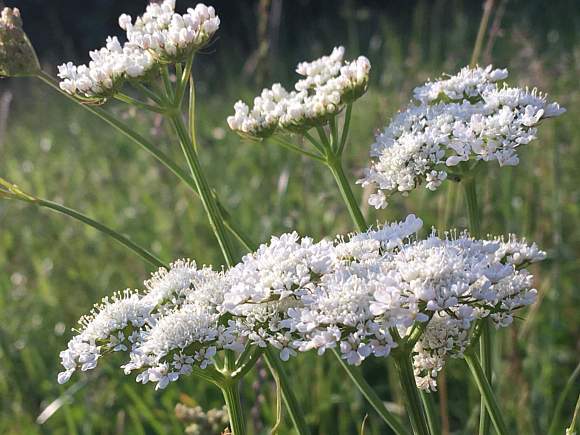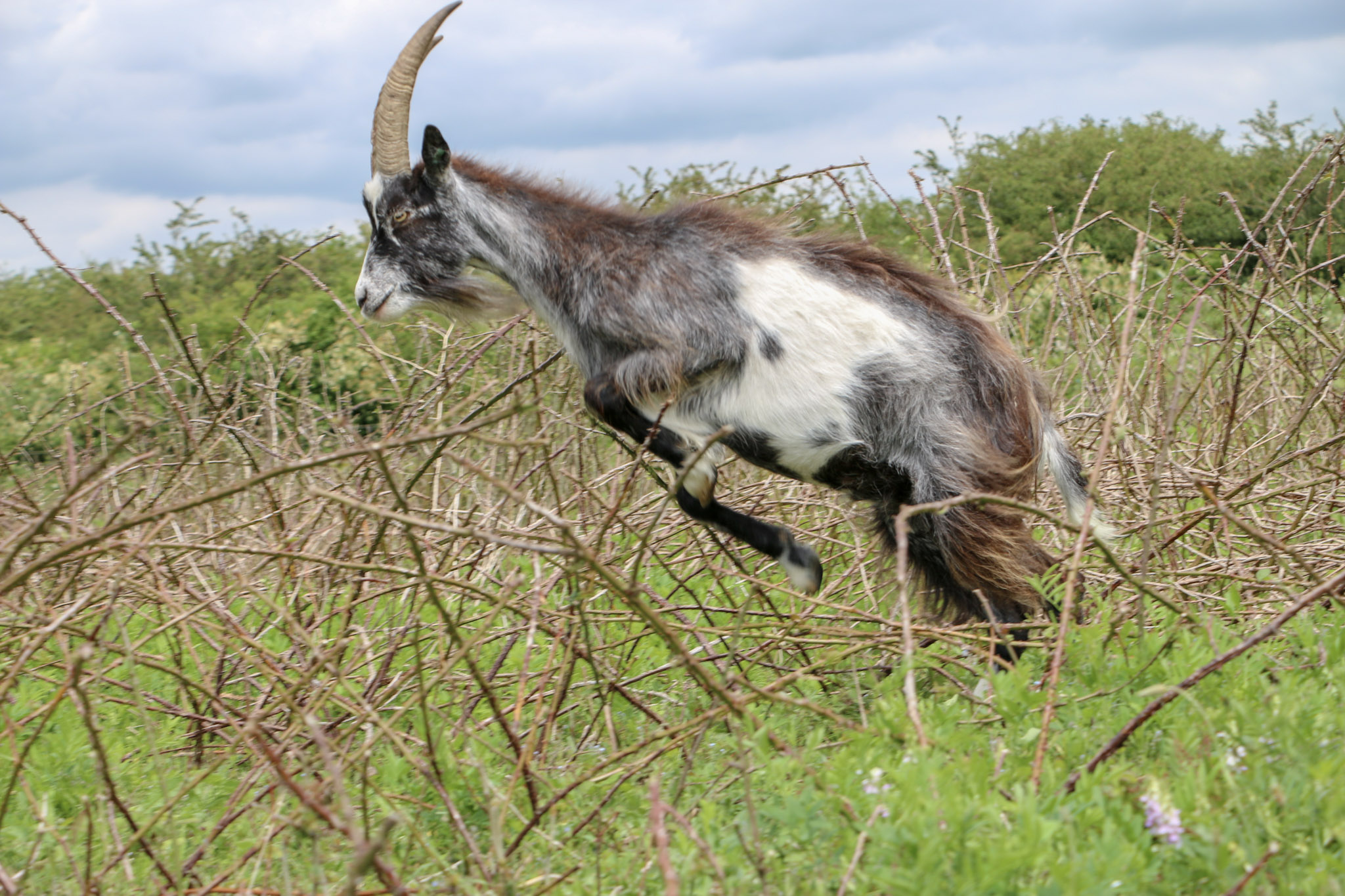Grazing former landfills
The Challenge
In 2017, Legacy Grazing were asked by Essex County Council's (ECC) landfill restoration team to plan and deliver a scheme of management to enhance two former landfill sites for wildlife: Bell House, near Colchester, and Martins Farm, near Clacton-on-Sea. The grazing and associated infrastructure had to be designed in a way that did not:
- restrict public access;
- damage the capped surface that seals the waste underground; or
- conflict with on-going site monitoring (e.g. for methane and leachate).
"With options for use at restored landfill sites being quite limited, conservation grazing is an ideal way to use the land and assist with its rejuvenation ecologically whilst not interfering with the day to day monitoring and maintenance of the sites. Grazing takes place on sites that are open to the public for recreation and the cattle certainly add to the experience of visitors the site. It has also provided the opportunity for local people as volunteers to get involved, learn something about animal husbandry and help look after the welfare of the cattle."
Andrew Brown, Land Operations Manager
The Results
In 2018, both sites were entered into the governments Countryside Stewardship scheme by Legacy Grazing. As part of the scheme, we are working with the Council and Natural England to implement a programme of conservation grazing using our native breed Red Poll cattle (a traditional East Anglian breed).
Despite the relatively recent origin of the grasslands, the low intensity grazing has ensured they provide ideal conditions for a number of species that are typically associated with 'old' pastures and meadows. For example, meadow pipits and skylarks are breeding in good numbers; and snipe, green woodpecker and barn owl are often seen feeding and hunting.
 The sympathetic management has also benefitted uncommon plant species with corky-fruited water dropwort, bee and pyramidal orchids appearing in good numbers. In planning the design and installation of the grazing infrastructure in the first year of the scheme careful consideration has been given to ensure trees and shrubs can establish around the new grazing enclosures. This has helped attract other notable visitors such as waxwings, nightingales, linnets and wheatears.
The sympathetic management has also benefitted uncommon plant species with corky-fruited water dropwort, bee and pyramidal orchids appearing in good numbers. In planning the design and installation of the grazing infrastructure in the first year of the scheme careful consideration has been given to ensure trees and shrubs can establish around the new grazing enclosures. This has helped attract other notable visitors such as waxwings, nightingales, linnets and wheatears.
Stocking rates and grazing periods are kept under review and changed according to weather and habitat conditions, but generally the livestock are turned-out in mid/late May and then removed from site and taken to their winter quarters in late October/early November at a stocking density of one adult cow per 1/2 hectare. Due to the limited depth of soils on restored waste sites, vegetation tends to be more prone to summer droughts and livestock numbers may need to be adjusted to reflect this.
In addition to providing new habitats for uncommon wildlife on sites that were previously used to dispose of waste, one other pleasing aspect of the scheme has been the engagement of local people, and a number now volunteer to help check and manage the cattle when they are present on site.
Points to consider before grazing former landfills
When introducing livestock onto former landfill sites it is important to understand what type of waste the site handled prior to restoration, and the nature and quality of the ‘cap’ that has been applied to seal waste materials below ground. Cattle are unlikely to be suitable where the cap is thin or in poor condition, in these situations goats or sheep maybe more appropriate.
Cheviot Goats
 Since 2016, Legacy Grazing has helped Basildon Council manage a former landfill site in Pitsea, which is important for a number of rare solitary bumblebees such as the shrill carder bee. To ensure the right balance of open ground, rough flower-rich grassland and scrub that is favoured by the bees we use our Cheviot goats who are adept at eating bramble and scrub while leaving a coarser sward of grass.
Since 2016, Legacy Grazing has helped Basildon Council manage a former landfill site in Pitsea, which is important for a number of rare solitary bumblebees such as the shrill carder bee. To ensure the right balance of open ground, rough flower-rich grassland and scrub that is favoured by the bees we use our Cheviot goats who are adept at eating bramble and scrub while leaving a coarser sward of grass.
The goats are enclosed in a 'virtual-fenced' enclosure using Nofence collars, and the browsing and grazing of the goats is complemented by clearance with a forestry mulcher to create a mosaic of scrub and grassland favoured by the target bee species.